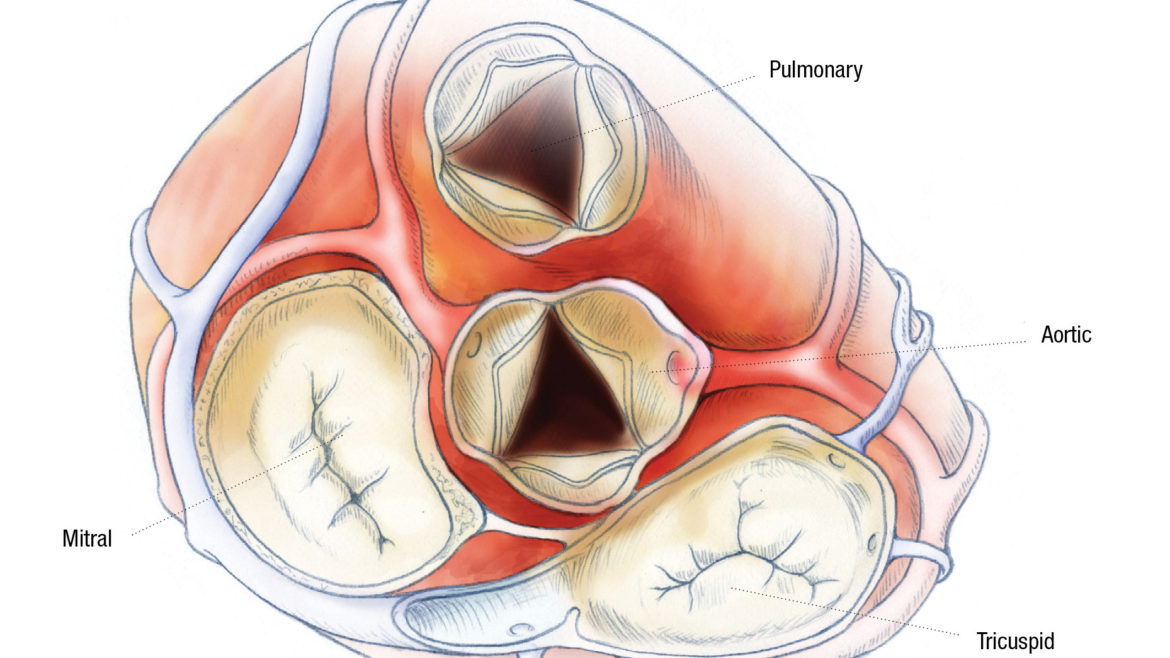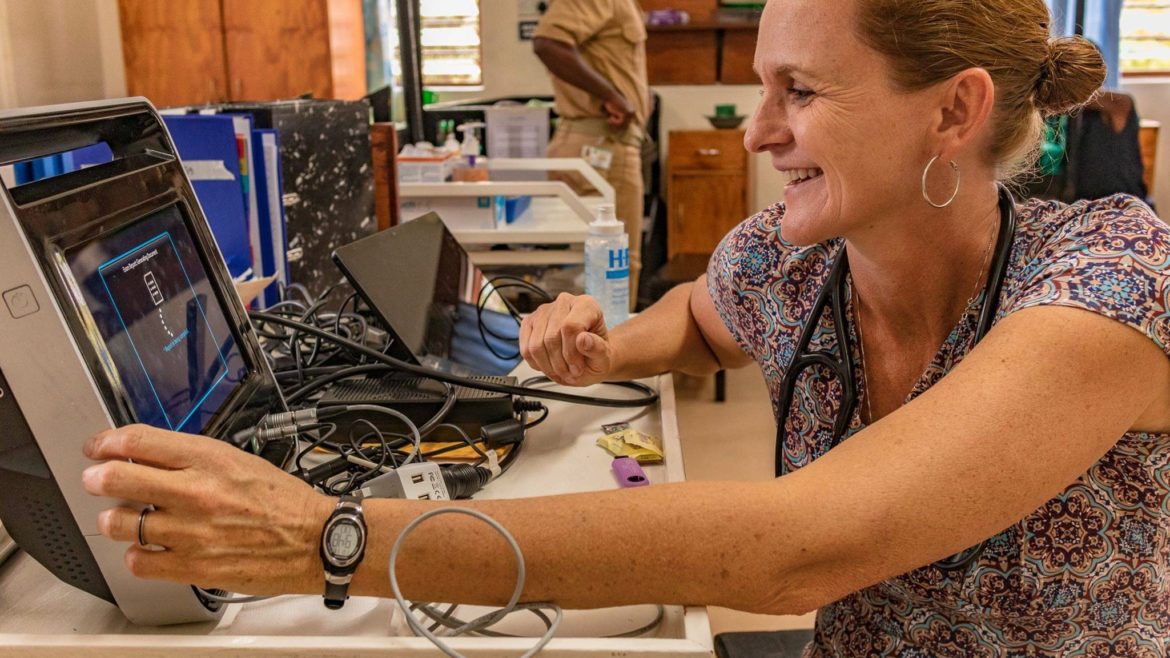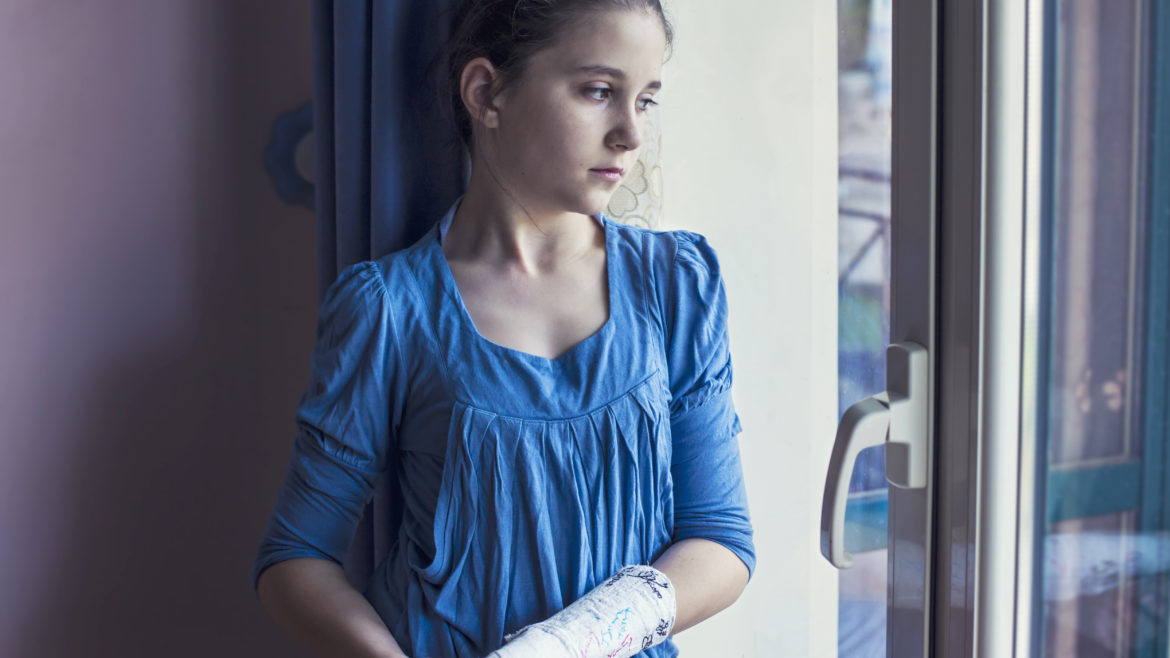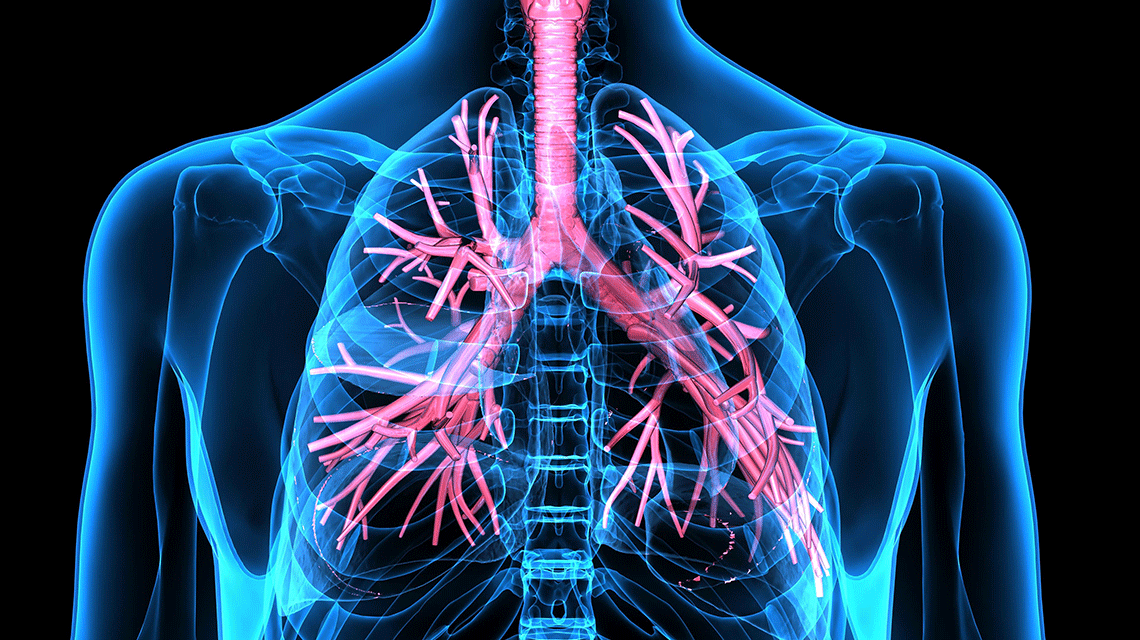First In Human
First In Human https://pediatricsnationwide.org/wp-content/uploads/2021/03/4dc2b000-8f21-11e7-aa62-e89a8fb23f02-1024x752.jpg 1024 752 Abbie Miller https://pediatricsnationwide.org/wp-content/uploads/2023/05/051023BT016-Abbie-Crop.jpgThe Heart Center at Nationwide Children’s Hospital has a long history of helping to bring innovations from the lab to the patient. The latest, the Autus Valve, aims to improve care and outcomes for children with pulmonary valve disease. In December 2021, Mark Galantowicz, MD, cardiothoracic surgeon and director of The Heart Center at Nationwide…














